[sliderly id=7014 type=slideshow duration=3000 width=600 height=400]
Did You Know?
- The Kaibab Squirrel is found exclusively in the Grand Canyon National Park
- There are nine different sub-species of the Albert’s Squirrel, the Kaibab Squirrel is one of them
- This rare squirrel is offered strict protection from the National Park Service, Forest Service and the State of Arizona
What is a Kaibab Squirrel?
While you are wandering around the ponderosa pine forest along the North Rim of the Grand Canyon National Park (an area that is only 1800 square kilometres) you may notice a small squirrel with a black stomach, a fluffy white tail and rather long tufts on their ears. This my friends is the incredibly rare Kaibab Squirrel. In the past, the Kaibab Squirrel was designated as its own species, however, that designation has be revoked as they are now classed as a sub-species of the Albert’s Squirrel. Naturally, many people still feel that they are distinct enough to warrant species classification but I am going to stick with what Science is telling us. The Kaibab Squirrel is one of the nine sub-species of the Albert’s Squirrel.
Building Relationships
What does the Kaibab Squirrel, ponderosa pine and fungi all have in common? You give up already? Their success is dependant upon each other. That’s right, these three ecosystem components form a symbiotic relationship that benefits each member. Just a little bit of background information – the fungi grows on the roots of the ponderosa pine and essentially becomes an extension of the root system. First, you have the ponderosa pine, which provides food for the Kaibab Squirrel and carbohydrates to the fungi. Next up, you have the fungi, which also provides food to the squirrel and draws in water, nitrogen, phosphorus and other nutrients for the pine trees. Finally, you have the Kaibab Squirrel which spreads the spores of the fungi all over the forest so the fungi and pine trees can flourish.
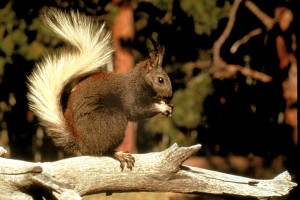
An Unique Ecosystem
The Kaibab Squirrel is known to feed on the same pine trees, year after year, which they mark with remnants of past feedings – essentially they can tell which trees to eat by the mess they made on the forest floor the last time they feasted on the twigs. This is interesting in its own right but something even more amazing is the Kaibab Squirrel selects these feeding trees based on their chemistry, which means trees with higher nitrogen, sodium and carbohydrate levels are consumed by the squirrel. And do you know what increases these chemical properties in the pine trees? Yep, you guessed it…Fungi! Essentially, these three components form a complicated ecosystem and if you happen to remove one from the equation, they will all fall.
Slider Photo Credits:
Photo 1: Kevin Doxstater
Photo 2: Azhikerdude
Photo 3: Grand Canyon NPS

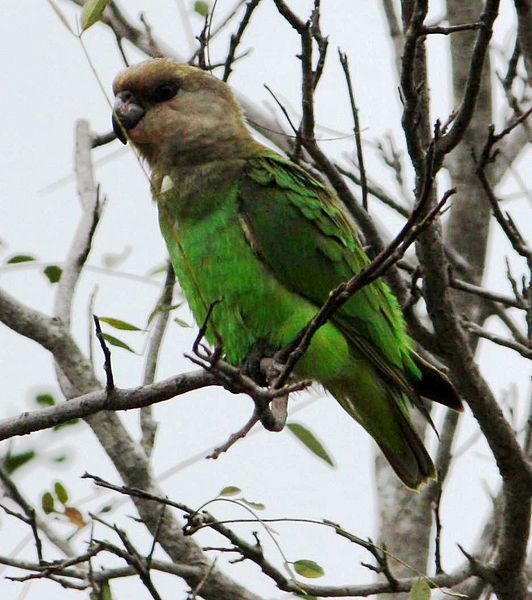
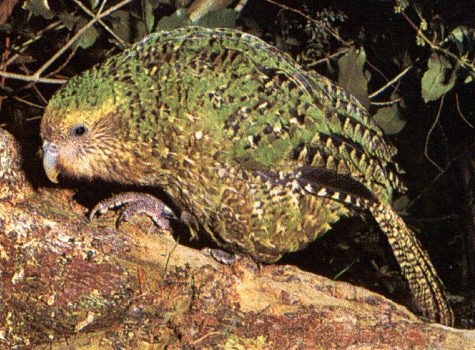
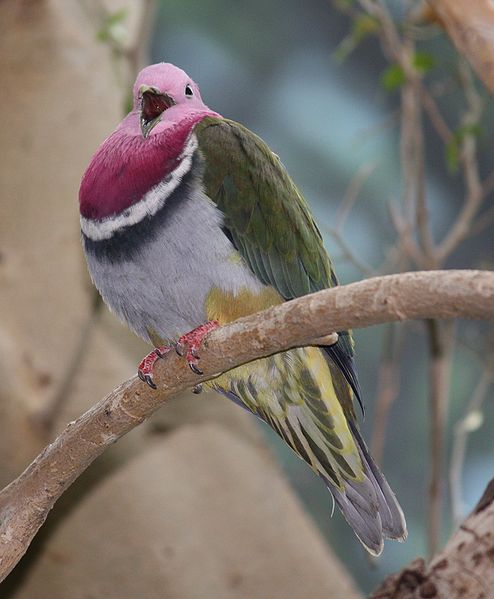

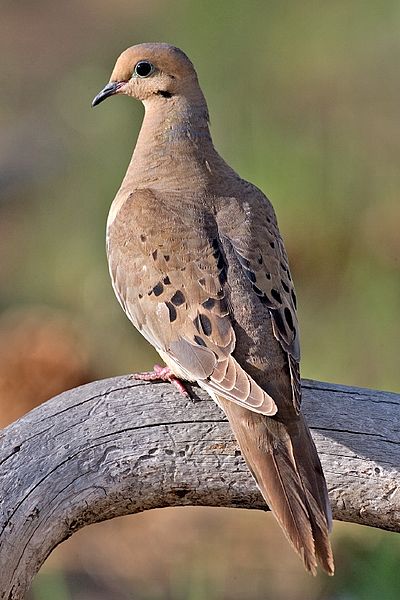
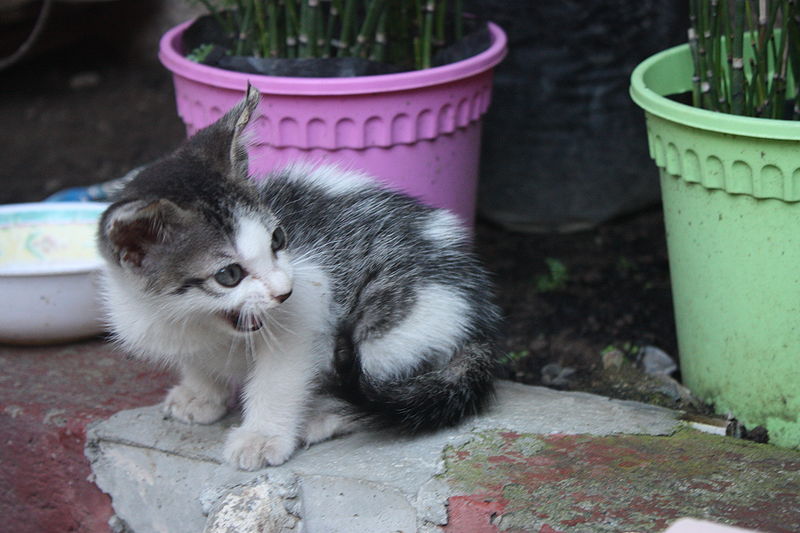
The kaibab squirrel is found other places. I have seen them in the San Juan elk ridge area of southern Utah.
The Kaibab squirrel is not exclusive to the Grand Canyon National Park. It is also found on Mount Trumbull and surrounding ponderosa pine forests of the Arizona Strip managed by Bureau of Land Management.